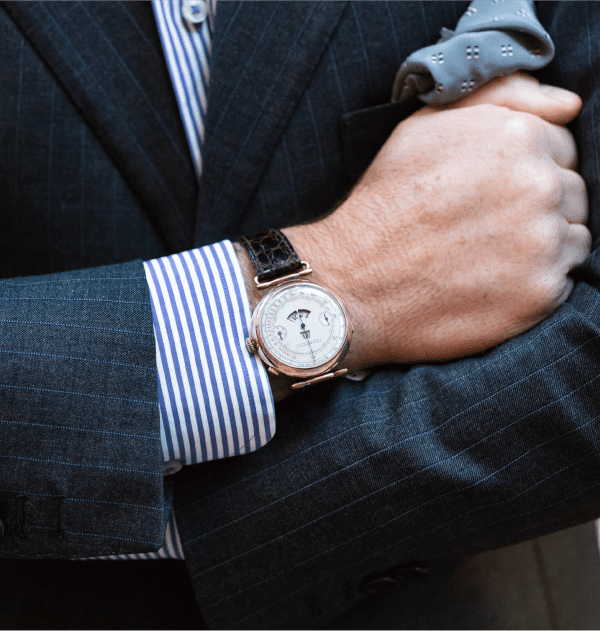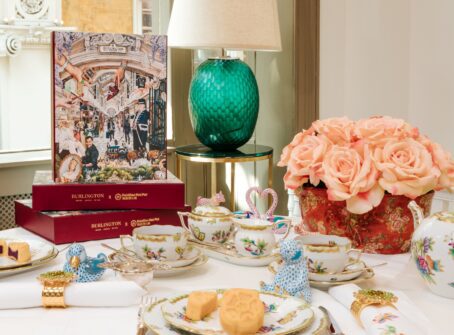
The Original Mall
Dating back to 1819, the Burlington Arcade was designed by Samuel Ware “for the sale of jewellery and fancy articles of fashionable demand, for the gratification of the public.” It was commissioned by Lord George Cavendish, Earl of Burlington and owner of the adjacent Burlington House, as a safe place for his wife and other genteel folk to shop – as well as a way to block neighbours from tossing discarded oyster shells (the era’s most popular ‘fast food’) into his gardens. It opened with 51 independent boutiques selling luxuries like hats, gloves and jewellery, with shopkeeper dwellings on the upper level.
The Arcade was guarded by Beadles recruited from Lord Cavendish’s regiment, the 10th Royal Hussars. The Beadles continue to wear Victorian-inspired uniforms today, and are the oldest and smallest police force in the world.

